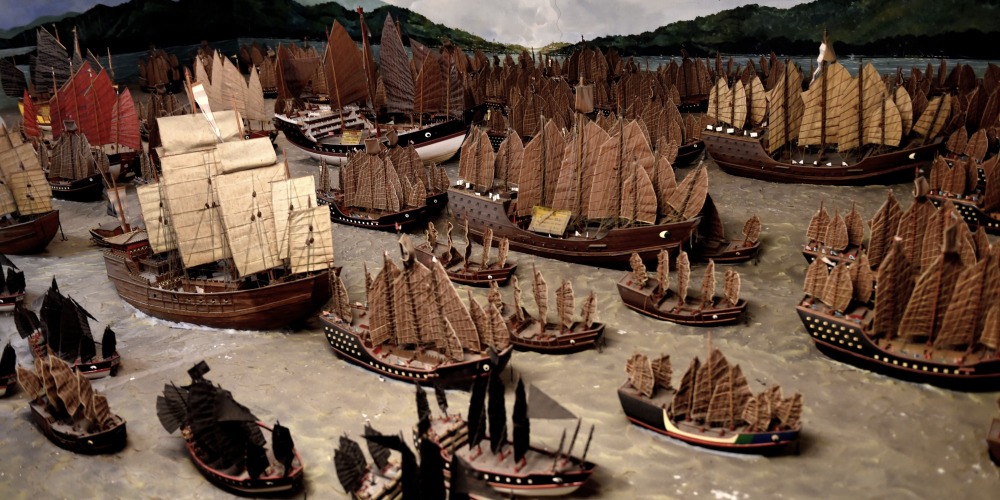Published : 2024-07-09
On July 9, 1986, Chinese scientific research personnel set foot in the Arctic for the first time ever.
The Arctic expedition was part of the China-Canada Dinosaur Project. The project lasted for five years and it was the largest joint dinosaur research programme between the East and West in the 1990s, involving top dinosaur scholars from both countries.
As agreed by both parties, there were four research regions in total. In China, these were the Junggar Basin in Xinjiang, the Gobi Desert in Inner Mongolia, and the Ordos Basin.
In Canada, the regions were the Axel Heiberg Island in the Arctic Archipelago and the Red Deer River basin in Alberta.
The main goal of the project was to investigate and research the comparative relationship between Mesozoic continental strata in northern China and contemporaneous strata in North America, and to search for well-preserved dinosaur fossils, in order to explore the relationships between dinosaur populations on the Asian and North American continents and to establish the lineage of Asian dinosaurs.
Dinosaur researcher Dong Zhiming, who participated in the project, wrote in his book that he and another Chinese colleague, along with five Canadian scientists, ventured to the Arctic for 25 days to seek dinosaur fossils.
It was then that the five-star red flag was raised in the Arctic for the first time.




























